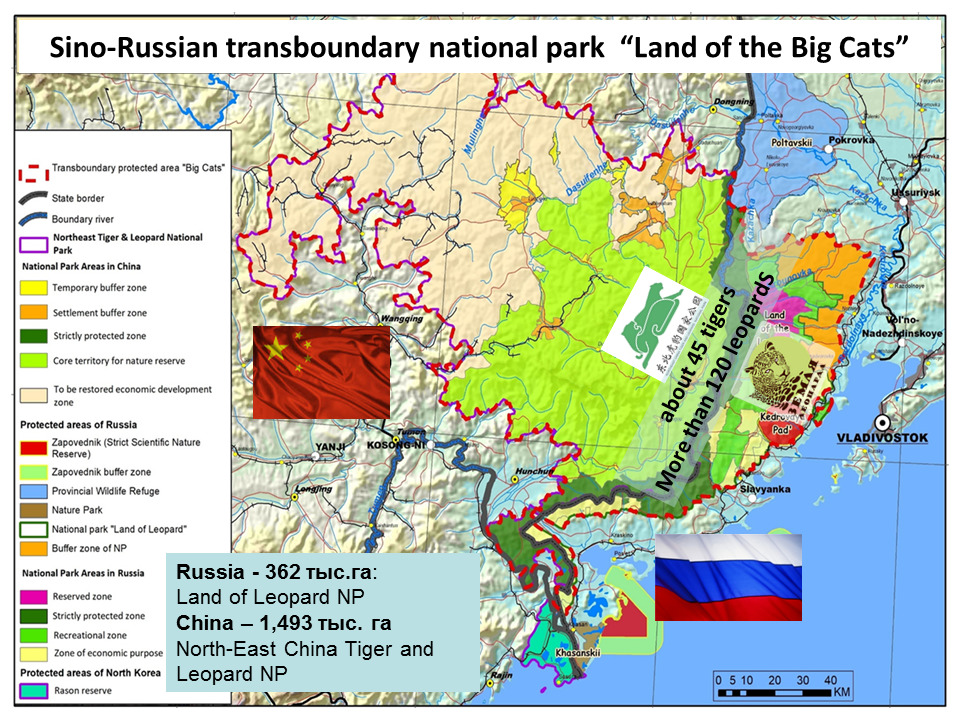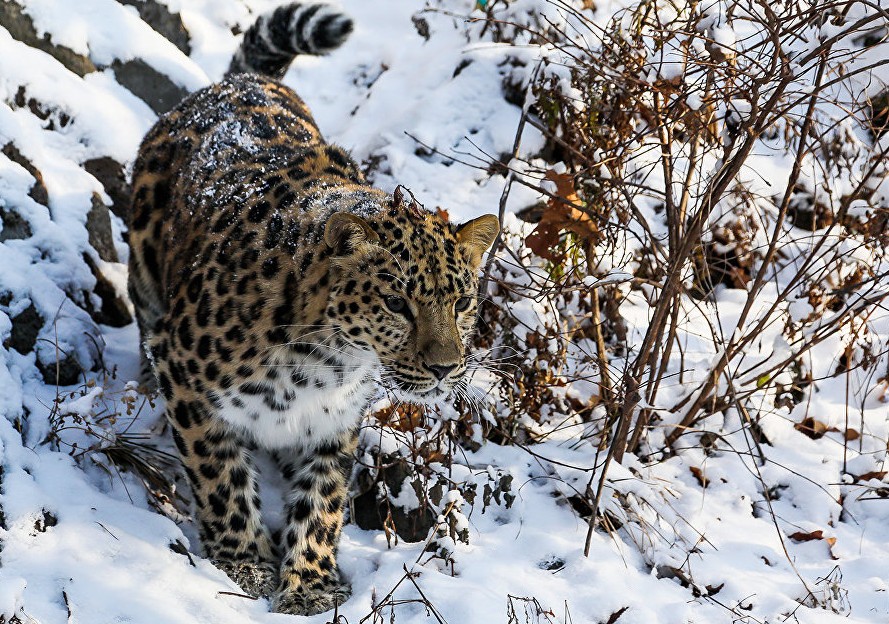Saving Far Eastern leopard and much more

Yury Darman
Senior advisor of WWF Russia
MIDORI Prize Winner 2016
The protection of apex predators is one of the most difficult tasks in biodiversity conservation. Because they need a large home range with sufficient prey and safety sites for breeding without human disturbance. And of course, because the people fear and the damage on domestic animals.
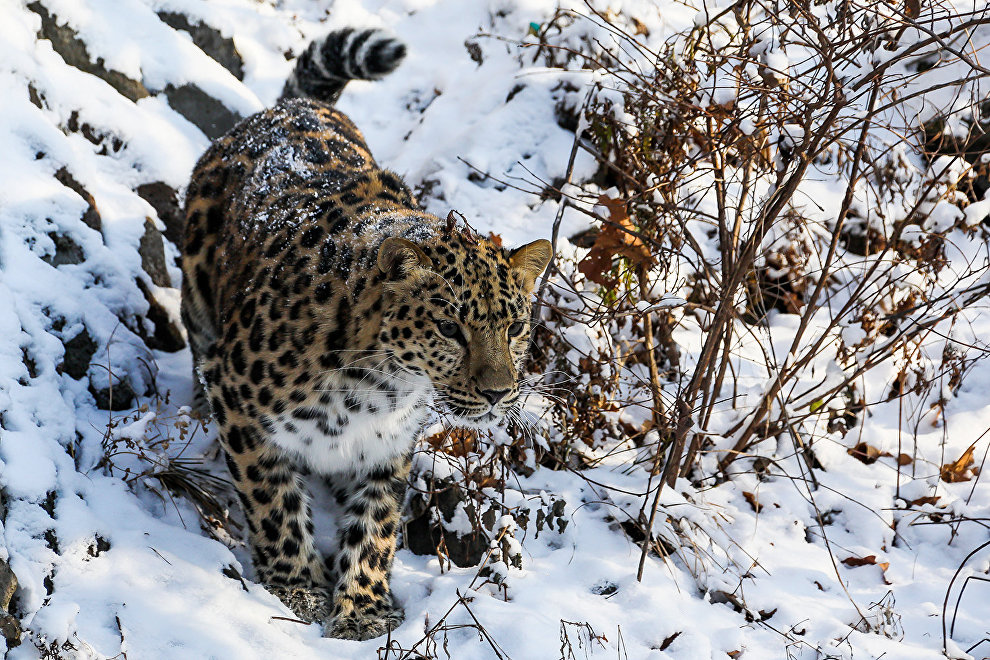
The Far Eastern leopard (Panthera pardus orientalis) is one of the rarest big cats on the Earth. By the end of XX Century it was on the brink of extinction: the area shrunk 40 times and the only 30 cats survived on the border between Russia, North Korea and China. In 2001, at the International conference in Vladivostok scientists had even proposed to catch remained leopards for breeding in captivity to save at least genofond for the possibility of reintroduction in future. As a director of the Amur branch of WWF Russia, I’d insisted to use any chance for the conservation of the last population in wild. WWF has initiated a comprehensive program “Save each of the survivors”, which united non-governmental organizations, research institutes, local people and responsible officials.
First of all, law enforcement was strengthening by the support of special mobile anti-poaching brigades to halt direct killing. But even more important was work with all local hunting clubs to convince hunters that shooting of leopard is not a proud of trophy but the crime and ignominy. The large scale communication program covered all 18 schools in leopard’s range. Through the children hearts, we could reach minds of their parents. Annual leopard festival, contests of creative activities, personal leopard for protection by each village under the slogan “Land of the Leopard” has been slowly shifted behaviour of people and authorities.
But I had believed that only creation of a large unified federal-level specially protected territory, with adequate legal authority, organizational capacity, and financial security, could ensure the long-term persistence of recovering leopard population. The scientific backgrounds for such national park were elaborated but they were so many interagency confrontations, the resistance of local business, blockages from army and boundary guards. The only involvement of top leader such as Sergey Ivanov, who was the Head of the Russian President Administration, allowed overcame all contradictions. My many years’ dream – “Land of the Leopard” national park, was established in 2012 on 2620 sq.km. Together with the buffer zone and existing nature reserve “Kedrovay pad”, the protected areas covers 70% of leopard’s habitats in the Russian Far East under the management of united federal directorate.
Now we can say – the Far Eastern leopard has stepped out from the brink of extinction. Since 2001, its population has been tripled, more than 20 kittens are registered per year, the area spread to nearby China and North Korea. Moreover, protection of leopard leads to restoration of the whole ecosystem!
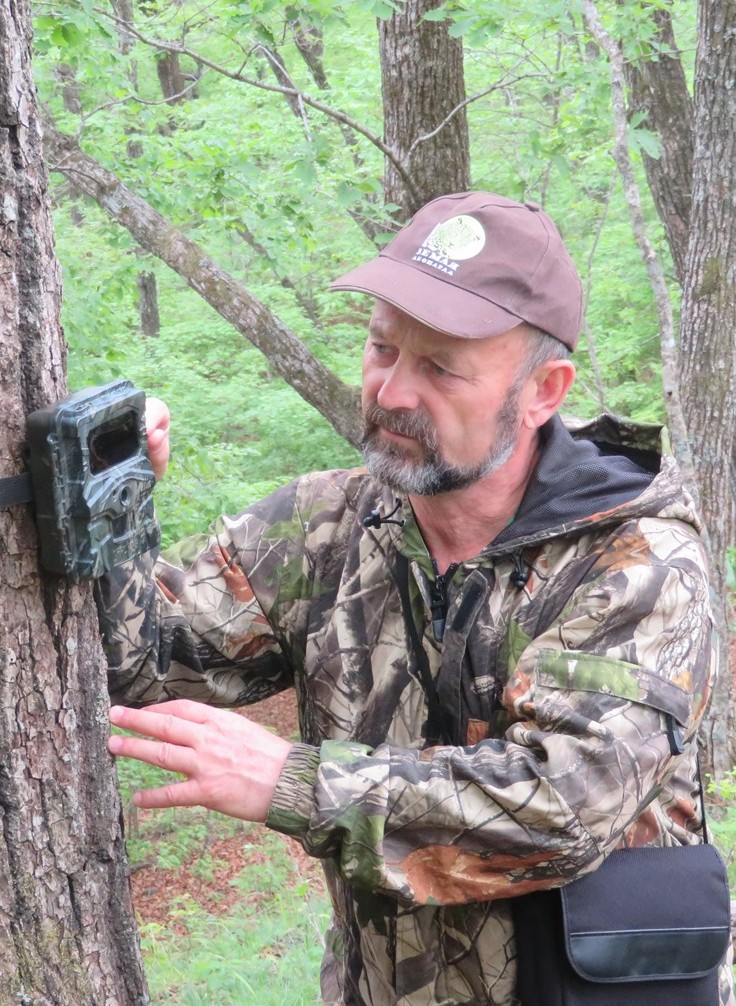
Simultaneously, the isolated Chanbaishan population of Amur tiger has increased from 12-14 to 35-40 animals, the brown bear came back to the forests, the density of wild ungulates reached maximum carrying capacity sufficient to feed large predators and local hunters, musk deer and goral reappeared in the national park. Even the new species for Russia – Korean water deer forms the breeding population here. About 400 species of birds, more than 2000 species of vascular plants, and many many other living creatures are flourishing under the umbrella of the leopard conservation program.
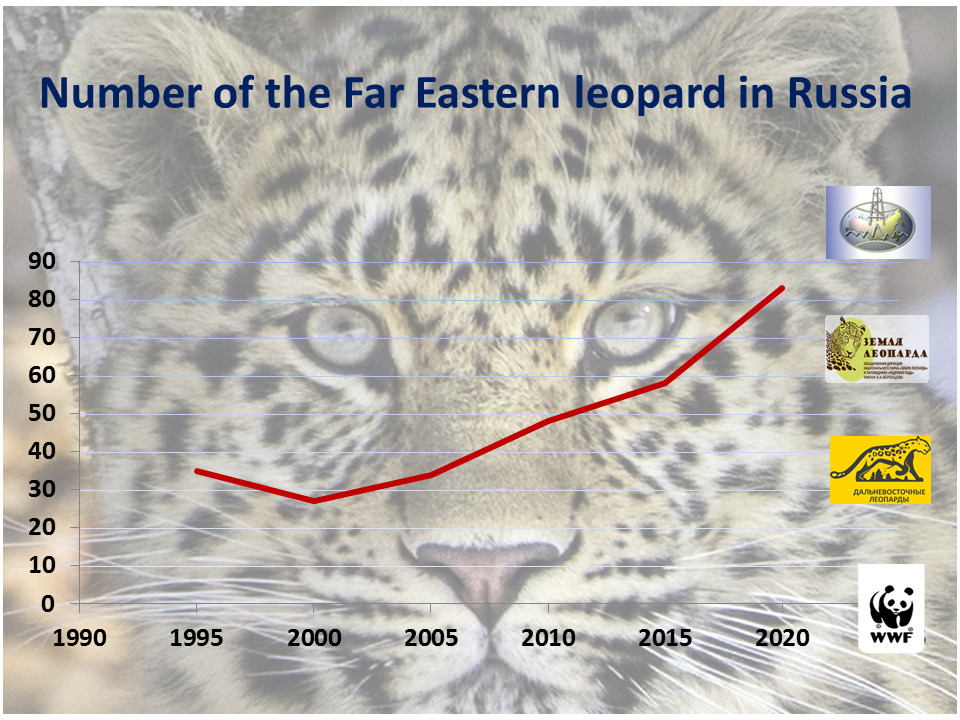
National park as a flexible format of the protected area allows continuing traditional nature use by locals adding value from fast-developing eco-tourism activities. The growing source populations of the Far Eastern leopard and Amur tiger support the restoration of these rare cats in North-East China, which led to the creation of huge national park along the border with Russia. My next dream and work – the launch of the Sino-Russian transboundary nature reserve “The Land of Big Cats”, real future World Heritage!
